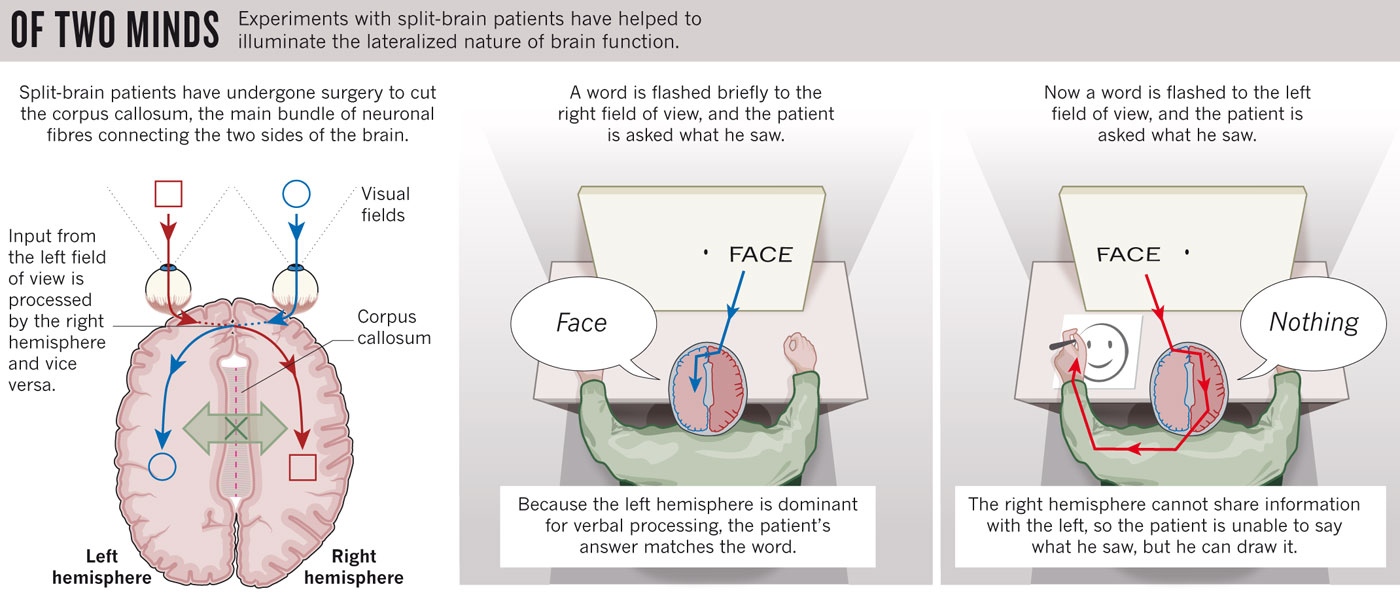So these companies advertise themselves as being able to help improve your intelligence by improving working memory (via specific tasks, usually a dual n-back test, which is simply where the user has to monitor two streams of info, one visual and one auditory and each time one or both of the streams emits a pre-established target e.g. a bird, then you have to press a button). Now there's no doubt that practicing a task will result in you getting better at it. However, the idea that practicing specific tasks will result in an improvement in a host of other mental faculties has not been shown (as detailed here, here, here and here). There has also been a study detailing why transference doesn't occur. There's also the problem that the study all this research has been based on has some serious methodological flaws in e.g. participants received training on a regular basis (whereas the controls simply went home and did whatever) so the experimental group may have had higher motivation to do well in the study, you can't measure fluid intelligence with one test. Also, when researchers tried to recreate the effect they found no significant effect as a result of training (Redick et al., 2012 and Chooi et al., 2012) which is not good news for the validity of the original study. And to cap it off, a large scale meta-analysis of studies that examined whether training working memory could result in transference of skills found no effect (Melby-Lervag et al., 2013)
So whilst it's nice to think you can increase your intelligence by performing a few tasks for a couple of weeks, it seems very unlikely that this is the case.
References:
Berkman, E.T.; Kahn, L.E.; & Merchant, J.S. (2014). Training-Induced Changes in Inhibitory Control Network Activity. The Journal of Neuroscience, 34 (1), 149-157.
Chooi, W.T. & Thompson, L.E. (2012). Working memory training does not improve intelligence in healthy young adults. Intelligence, 40 (6), 531-542.
Jaeggi, S.M.; Buschkuehl, M.; Jonides, J.; & Perrig, W.J. (2008). Improving fluid intelligence with training on working memory. Proceedings of the National Academy of Sciences of the United States of America, 105 (19), 6829-6833.
Melby-Lervag, M. & Hulme, C. (2013). Is working memory training effective? A meta-analytic review. Developmental Psychology, 49 (2), 270-291.
Moody, D.E. (2009). Can intelligence be increased by training on a task of working memory? Intelligence, 37 (4), 327-328.
Redick, T.S.; Shipstead, Z.; Fried, D.E.; Hambrick, D.Z.; Kane, M.J.; & Engle, R.W. (2012). No Evidence of Intelligence Improvement After Working Memory Training: A Randomised, Placebo-Controlled Study. Journal of Experimental Psychology: General, 142 (2), 359-379.
Shipstead, Z.; Hicks, K.L.; & Engle, R.W. (2012). Cogmed working memory training: Does the evidence support the claims? Journal of Applied Research in Memory and Cognition, 1, 185-193.
Shipstead, Z.; Redick, T.S.; & Engle, R.W. (2010). Does Working Memory Training Generalise? Psychologica Belgica, 50 (3-4), 245-276.
Shipstead, Z.; Redick, T.S.; & Engle, R.W. (2012). Is Working Memory Training Effective? Psychological Bulletin, 138 (4), 628-654.
References:
Berkman, E.T.; Kahn, L.E.; & Merchant, J.S. (2014). Training-Induced Changes in Inhibitory Control Network Activity. The Journal of Neuroscience, 34 (1), 149-157.
Chooi, W.T. & Thompson, L.E. (2012). Working memory training does not improve intelligence in healthy young adults. Intelligence, 40 (6), 531-542.
Jaeggi, S.M.; Buschkuehl, M.; Jonides, J.; & Perrig, W.J. (2008). Improving fluid intelligence with training on working memory. Proceedings of the National Academy of Sciences of the United States of America, 105 (19), 6829-6833.
Melby-Lervag, M. & Hulme, C. (2013). Is working memory training effective? A meta-analytic review. Developmental Psychology, 49 (2), 270-291.
Moody, D.E. (2009). Can intelligence be increased by training on a task of working memory? Intelligence, 37 (4), 327-328.
Redick, T.S.; Shipstead, Z.; Fried, D.E.; Hambrick, D.Z.; Kane, M.J.; & Engle, R.W. (2012). No Evidence of Intelligence Improvement After Working Memory Training: A Randomised, Placebo-Controlled Study. Journal of Experimental Psychology: General, 142 (2), 359-379.
Shipstead, Z.; Hicks, K.L.; & Engle, R.W. (2012). Cogmed working memory training: Does the evidence support the claims? Journal of Applied Research in Memory and Cognition, 1, 185-193.
Shipstead, Z.; Redick, T.S.; & Engle, R.W. (2010). Does Working Memory Training Generalise? Psychologica Belgica, 50 (3-4), 245-276.
Shipstead, Z.; Redick, T.S.; & Engle, R.W. (2012). Is Working Memory Training Effective? Psychological Bulletin, 138 (4), 628-654.

